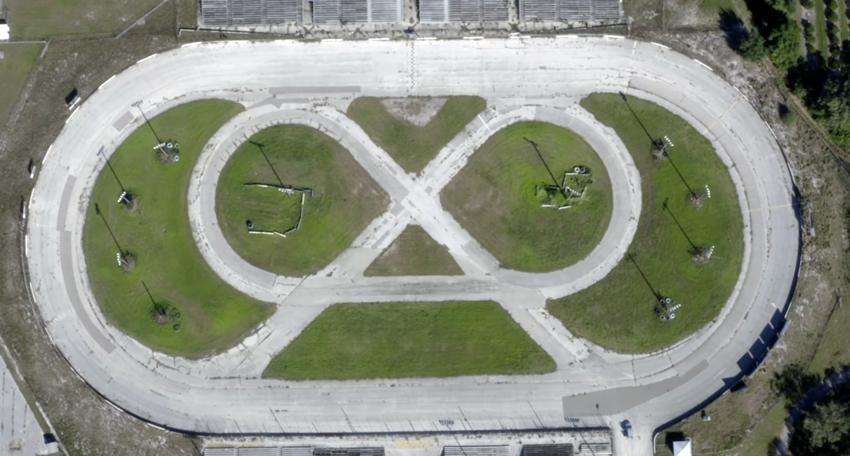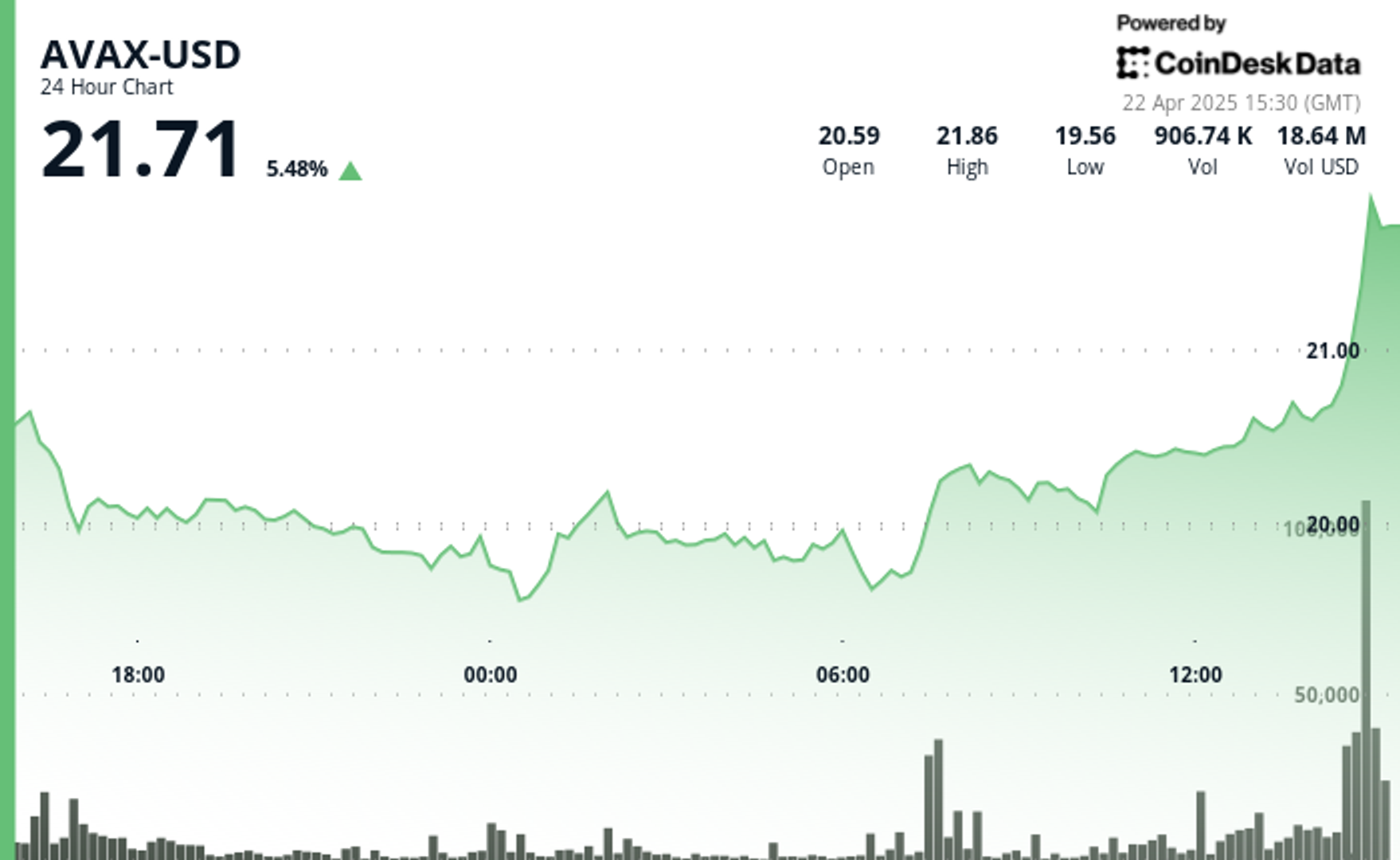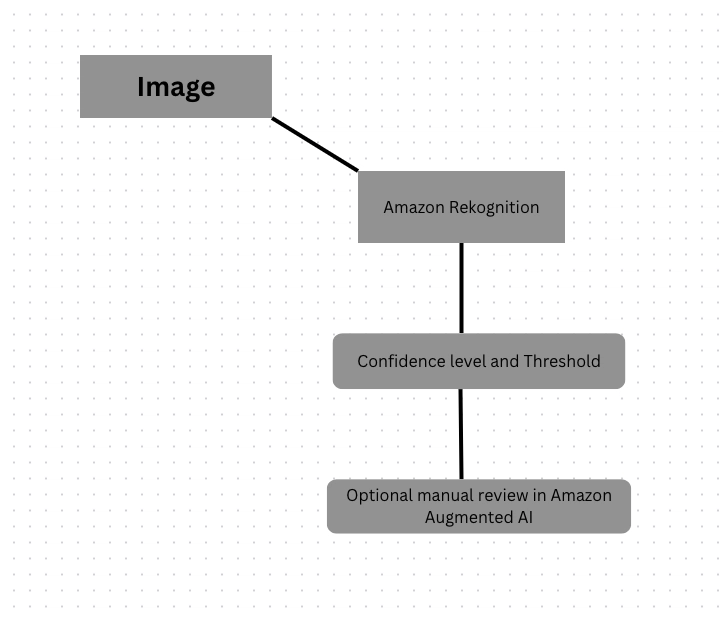Understanding Prim's Algorithm for Minimum Spanning Trees
Prim's algorithm is a fundamental greedy algorithm in graph theory that helps us find the minimum spanning tree (MST) of a connected weighted graph. In this post, I'll break down how Prim's algorithm works and walk through a C++ implementation that efficiently solves this classic problem. What is a Minimum Spanning Tree? Before diving into the algorithm, let's clarify what we're trying to achieve. A spanning tree of a graph is a tree that includes all vertices of the graph with the minimum possible number of edges. When our graph has weighted edges, a minimum spanning tree is a spanning tree where the total weight of all edges is minimized. Minimum spanning trees have numerous real-world applications: Network design (telecommunications, electrical grids) Cluster analysis Circuit design Transportation planning Approximation algorithms for NP-hard problems like the Traveling Salesman Problem How Prim's Algorithm Works Prim's algorithm builds the MST one vertex at a time, starting from an arbitrary vertex and growing the tree by adding the lowest-weight edge connecting the tree to a vertex not yet in the tree. Here's the basic approach: Start with any vertex as a single-vertex tree Grow the tree by adding the minimum-weight edge that connects the tree to a vertex not yet in the tree Repeat step 2 until all vertices are included in the tree The C++ Implementation Let's analyze the C++ code that implements Prim's algorithm: #include #include #include using namespace std; // Function to find the minimum spanning tree using Prim's algorithm int primMST(vector &graph, int V) { // Create a priority queue to store the edges priority_queue pq; // Create a vector to store the minimum weight of each vertex vector key(V, INT_MAX); // Create a vector to store the parent of each vertex in the MST vector parent(V, -1); // Create a vector to track if a vertex is included in the MST vector inMST(V, false); // Set the key of the first vertex to 0 key[0] = 0; // Add the first vertex to the priority queue pq.push({0, 0}); // Loop until the priority queue is empty while (!pq.empty()) { // Extract the vertex with the minimum key from the priority queue int u = pq.top().second; pq.pop(); // Mark the vertex as included in the MST inMST[u] = true; // Loop through all the vertices for (int v = 0; v

Prim's algorithm is a fundamental greedy algorithm in graph theory that helps us find the minimum spanning tree (MST) of a connected weighted graph. In this post, I'll break down how Prim's algorithm works and walk through a C++ implementation that efficiently solves this classic problem.
What is a Minimum Spanning Tree?
Before diving into the algorithm, let's clarify what we're trying to achieve. A spanning tree of a graph is a tree that includes all vertices of the graph with the minimum possible number of edges. When our graph has weighted edges, a minimum spanning tree is a spanning tree where the total weight of all edges is minimized.
Minimum spanning trees have numerous real-world applications:
- Network design (telecommunications, electrical grids)
- Cluster analysis
- Circuit design
- Transportation planning
- Approximation algorithms for NP-hard problems like the Traveling Salesman Problem
How Prim's Algorithm Works
Prim's algorithm builds the MST one vertex at a time, starting from an arbitrary vertex and growing the tree by adding the lowest-weight edge connecting the tree to a vertex not yet in the tree. Here's the basic approach:
- Start with any vertex as a single-vertex tree
- Grow the tree by adding the minimum-weight edge that connects the tree to a vertex not yet in the tree
- Repeat step 2 until all vertices are included in the tree
The C++ Implementation
Let's analyze the C++ code that implements Prim's algorithm:
#include Key Components of the Implementation
Data Structures
Priority Queue: We use a min-priority queue to always select the edge with the minimum weight. The queue stores pairs of
{weight, vertex}.Key Vector: Stores the minimum weight of the edge that connects each vertex to the MST being constructed.
Parent Vector: Tracks the parent of each vertex in the MST, allowing us to reconstruct the tree if needed.
inMST Vector: Keeps track of which vertices have already been included in the MST.
Time Complexity Analysis
- The main loop runs V times (once for each vertex)
- For each vertex, we may add at most V-1 entries to the priority queue
- Each extract-min operation takes O(log E) time
- Overall time complexity: O(E log V), where E is the number of edges and V is the number of vertices
When using an adjacency matrix as in our implementation (which has V² potential edges), the time complexity becomes O(V² log V).
Visualizing the Process
Let's see how the algorithm works on our example graph with 5 vertices:
- We start at vertex 0
- We examine all edges from vertex 0: (0,1) with weight 2 and (0,3) with weight 6
- We select the edge with minimum weight: (0,1) with weight 2
- From the vertices now in our tree (0 and 1), we look at all edges to vertices not yet in the tree
- We continue this process until all vertices are included
The final MST has a total weight of 16, which consists of the edges:
- (0,1) with weight 2
- (1,2) with weight 3
- (1,4) with weight 5
- (0,3) with weight 6
Advantages of Prim's Algorithm
- Simplicity: The algorithm is conceptually straightforward
- Efficiency: Works well for dense graphs
- Guaranteed optimality: Always finds the minimum spanning tree
When to Use Prim's vs. Kruskal's
Prim's algorithm is one of two popular algorithms for finding MSTs, the other being Kruskal's algorithm. While both produce the same result, they differ in approach:
- Prim's grows a single tree from a starting vertex
- Kruskal's builds a forest of trees that eventually merge into a single MST
Prim's algorithm tends to perform better on dense graphs, while Kruskal's may be faster on sparse graphs.
Conclusion
Prim's algorithm is an elegant and efficient solution for finding minimum spanning trees. The implementation we explored uses a priority queue to optimize the selection of the next edge, making it suitable for practical applications on large graphs.
By understanding this algorithm, you gain insight into an important technique in graph theory that has numerous real-world applications. Whether you're designing networks, analyzing data clusters, or solving complex optimization problems, Prim's algorithm is a valuable tool in your algorithmic toolkit.
If you found this helpful, feel free to share your thoughts in the comments! What other graph algorithms would you like to explore next?





















































.jpg)





















































































































![[The AI Show Episode 144]: ChatGPT’s New Memory, Shopify CEO’s Leaked “AI First” Memo, Google Cloud Next Releases, o3 and o4-mini Coming Soon & Llama 4’s Rocky Launch](https://www.marketingaiinstitute.com/hubfs/ep%20144%20cover.png)
























































































































































![BPMN-procesmodellering [closed]](https://i.sstatic.net/l7l8q49F.png)



















































































.jpg?#)



-All-will-be-revealed-00-35-05.png?width=1920&height=1920&fit=bounds&quality=70&format=jpg&auto=webp#)
-All-will-be-revealed-00-17-36.png?width=1920&height=1920&fit=bounds&quality=70&format=jpg&auto=webp#)
-Jack-Black---Steve's-Lava-Chicken-(Official-Music-Video)-A-Minecraft-Movie-Soundtrack-WaterTower-00-00-32_lMoQ1fI.png?width=1920&height=1920&fit=bounds&quality=70&format=jpg&auto=webp#)

























_Weyo_alamy.png?width=1280&auto=webp&quality=80&disable=upscale#)
_Brain_light_Alamy.jpg?width=1280&auto=webp&quality=80&disable=upscale#)

















































































































![Apple Releases Public Beta 2 of iOS 18.5, iPadOS 18.5, macOS Sequoia 15.5 [Download]](https://www.iclarified.com/images/news/97094/97094/97094-640.jpg)

![New M4 MacBook Air On Sale for $929 [Lowest Price Ever]](https://www.iclarified.com/images/news/97090/97090/97090-1280.jpg)
![Apple iPhone 17 Pro May Come in 'Sky Blue' Color [Rumor]](https://www.iclarified.com/images/news/97088/97088/97088-640.jpg)




























































































































